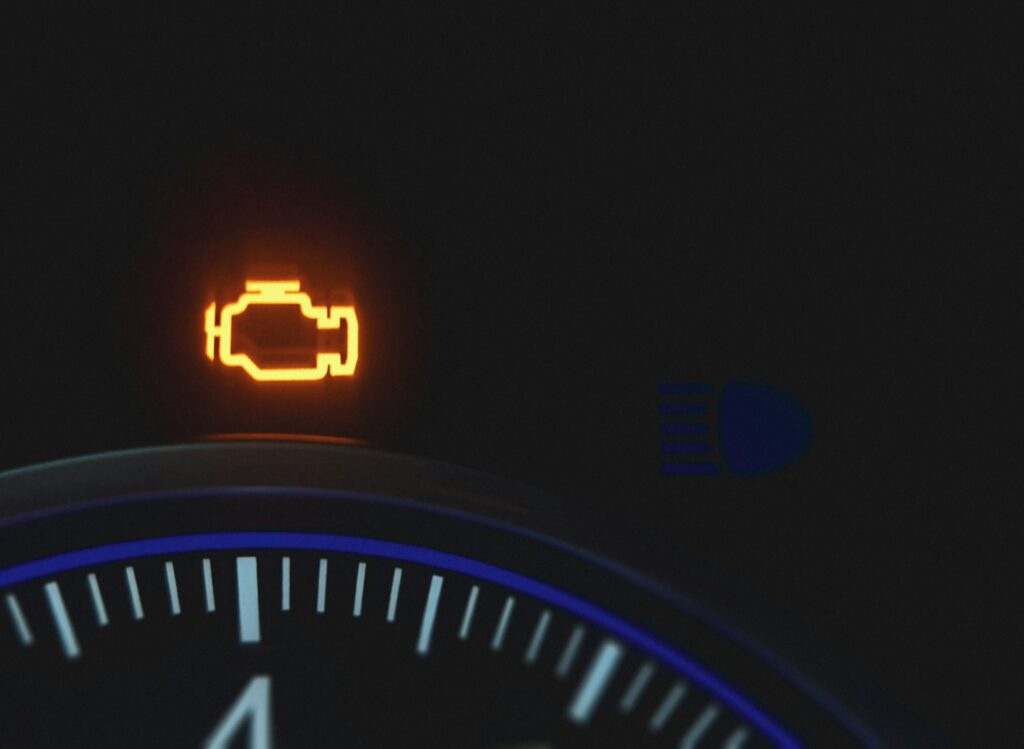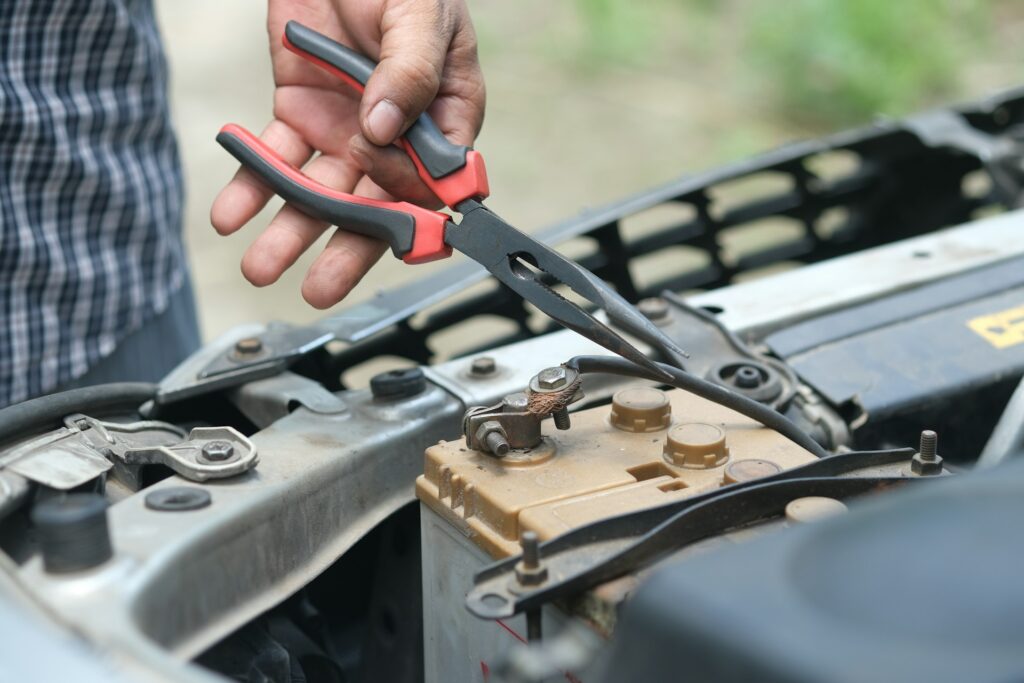
When your car is not running smoothly, it may be a major hassle, especially if you need it daily for work or getting around town. You can protect yourself, your car, and its performance by keeping an eye out for warning indications of trouble and acting quickly to diagnose, treat, and fix the underlying problems. To help you identify and fix common car problems and difficulties, this article gives a thorough guide on what to do when your car isn’t running smoothly. It offers practical suggestions, guidance, and solutions to help you drive smoothly and carefree again.
Table of Contents
Listen to Your Car
If your car is making any strange noises, vibrations, or sounds, it’s important to pay attention to them since they might indicate a problem that needs fixing. While driving at different speeds, accelerating, turning, or breaking, try to listen for any strange noises and identify their source and frequency. This will help in diagnosing and pinpointing the problem, which could be associated with your vehicle’s engine, transmission, brakes, suspension, tires, exhaust system, or other parts or systems. Consult your owner’s manual, vehicle manufacturer, or mechanic for advice on how to address these specific noises or vibrations. After that, schedule a professional inspection and repair service. They will do their best to diagnose and fix the underlying issue and ensure the safety of your car.
Check Engine Light & Warning Lights
How many times were you driving down the highway, and suddenly, the little light catches your eye? The dashboard warning lights—such as the check engine, oil pressure, battery, coolant temperature, and brake system lights—should be carefully observed if any of the systems or components of your car experience a problem. Always pay close attention to the warning lights; they may indicate major problems that need fixing right away. For example, if your engine is misfiring, the oil pressure is low, the battery is dead, the temperature is too high, or the brakes aren’t working properly. It’s important to inspect, diagnose, and repair these issues promptly to avoid additional damage and to keep your vehicle safe and functional. Many people drive for years with the warning lights on because they don’t want to spend money on fixing the problem. However, as a reliable auto mechanic in Libertyville states, the longer you wait, the more it will cost you. There is no denying when it comes to this. Refer to your owner’s manual or talk to your mechanic or dealership for guidance on how to read and react to various warning lights and messages, as well as when to take your car in for a professional inspection, diagnostic, and repair service to find and fix the source of the problem and keep it running well and for a long time.
Fluid Levels & Quality
Always keep an eye on the fluid levels and quality of your car’s important systems and components such as engine oil, transmission fluid, brake fluid, windshield washer fluid, coolant, power steering fluid, and more. Make sure they’re all the right amounts, clean, and free of debris or impurities, and that they’re performing their jobs well. Be sure to look for any indications of leaks, spills, or decreases in fluid levels in the reservoirs or gauges. Additionally, be sure to check the fluids’ color and clarity to spot any irregularities that need servicing or repair. To keep your car running smoothly and efficiently, check, replace, or top up the fluids and lubricants according to the manufacturer’s guidelines. If you need help or advice on how to properly manage these fluids, consult your mechanic or service provider.
Tire Pressure & Condition
To keep your tires in good working condition and to make sure they’re delivering the stability and performance you need for safe and comfortable driving, it’s a good idea to check their pressure, tread depth, and wear patterns regularly. Always use a trustworthy tire pressure gauge to check the pressure. Make sure to inflate or deflate the tires to the levels and pressures recommended by the tire placard, owner’s manual, or vehicle manufacturer. Before you hit the road, check your tires for damage, cuts, cracks, uneven wear, or any other irregularities that might need repair. This will keep your tires safe and extend their lifespan. Make sure your tires are rotated, balanced, and aligned regularly as instructed by the manufacturer or mechanic. If you need advice on how to properly maintain or replace your tires, talk to your mechanic, a tire expert, or a service provider. This will keep your tires in top shape and improve your driving experience.
Do Regular Maintenance & Service
Keep your car in top shape for as long as possible by following the manufacturer’s or mechanic’s recommended schedule for maintenance and service. This will help you spot and fix any problems before they become major breakdowns. Make sure to follow the recommended maintenance schedule for things like oil changes, fluid checks, filter replacements, battery tests, tire rotations, air filter changes, brake inspections, spark plug replacements, and other important services and inspections. If you need assistance or recommendations, talk to your mechanic or service provider. It is also important to keep detailed records of all repairs, inspections, and maintenance that have been done on the care. You should also review and track the history and condition of your car’s systems and components to spot any problems that need attention.

To keep your car safe and long-lasting, it’s important to pay attention to the car’s signals when it’s not running smoothly. Listen to the engine, check the fluid levels and quality, examine the condition of the tires, and perform routine maintenance and service. These things will help you identify and resolve common problems and issues with your car quickly and effectively. By following these practical suggestions and seeking advice from your mechanic regarding the correct ways to care for your car, you can keep it running smoothly, efficiently, and to your satisfaction. This will improve your driving experience and give you the confidence to drive safely. You will also enjoy the convenience and freedom that come with owning and using a car that is safe and well-maintained.
